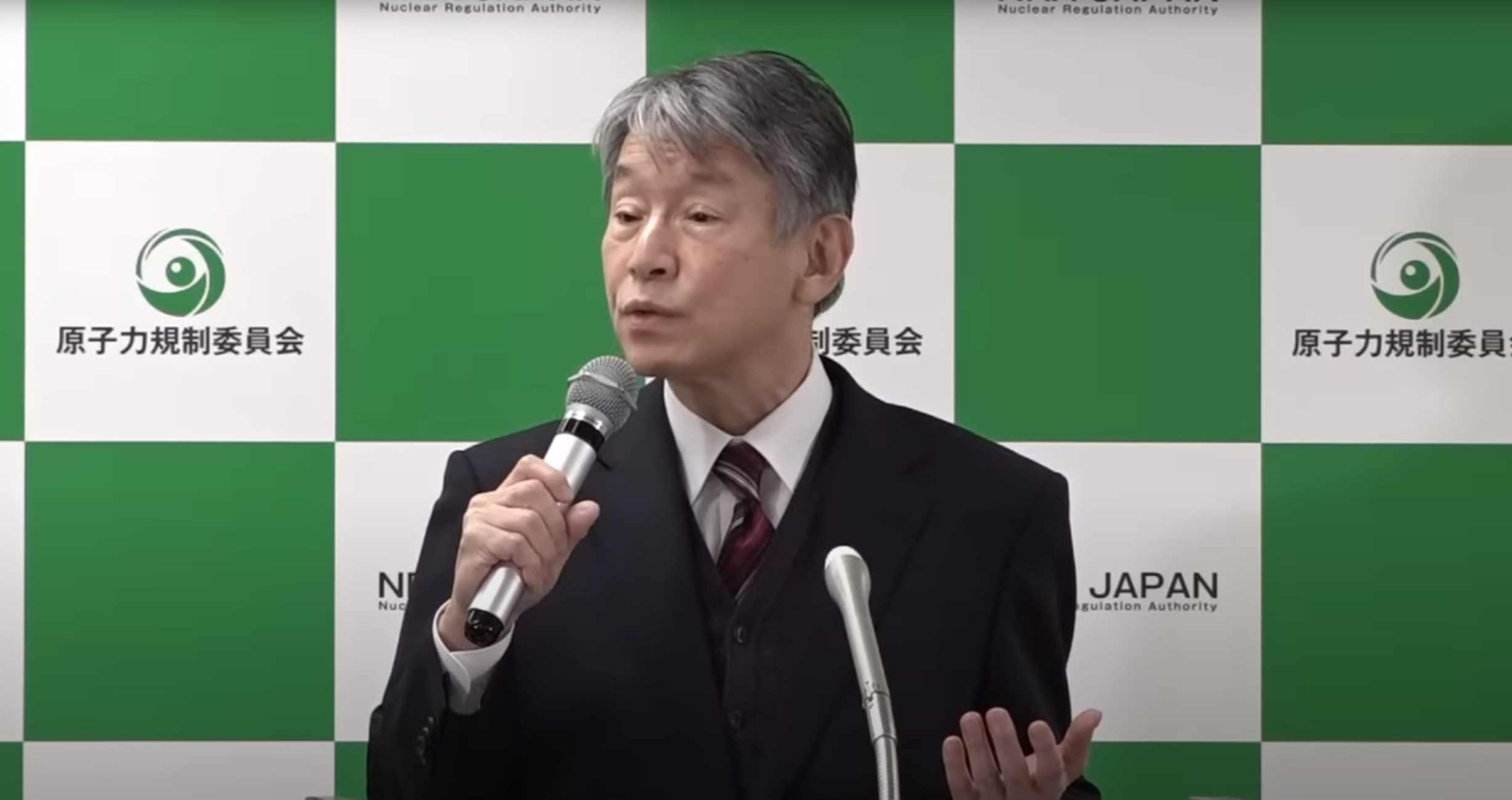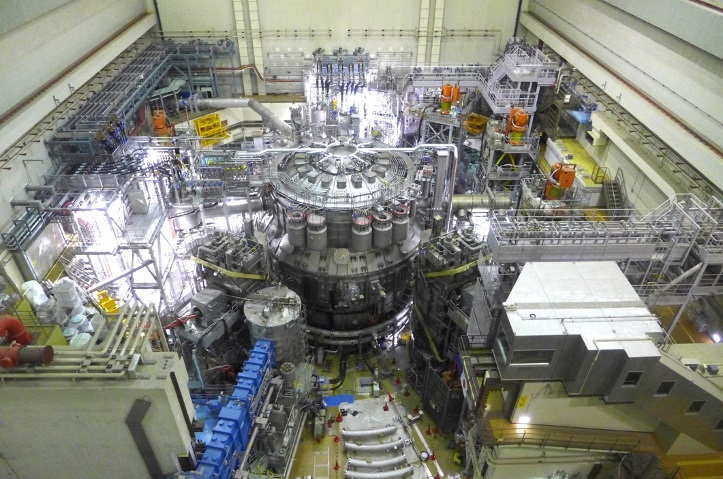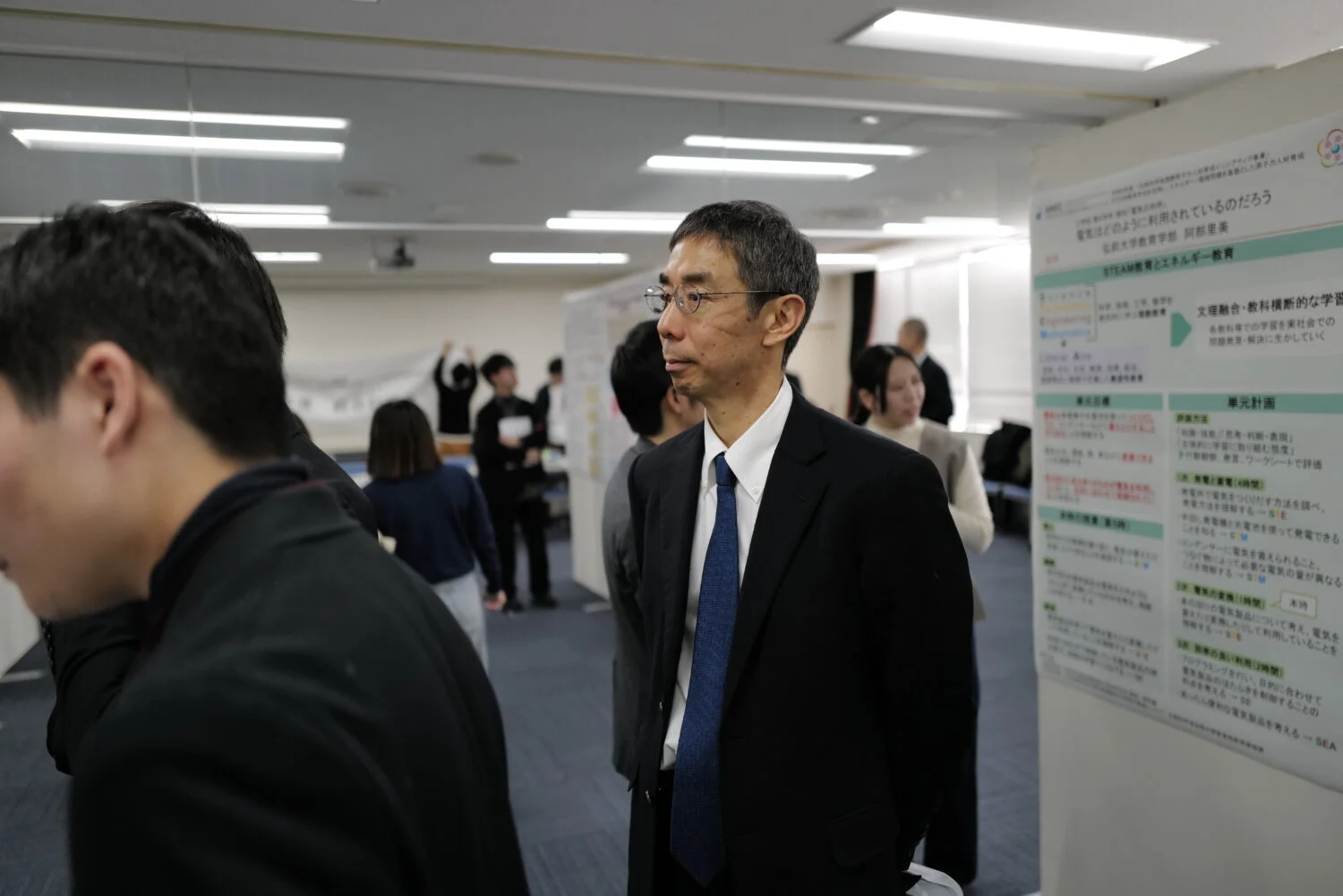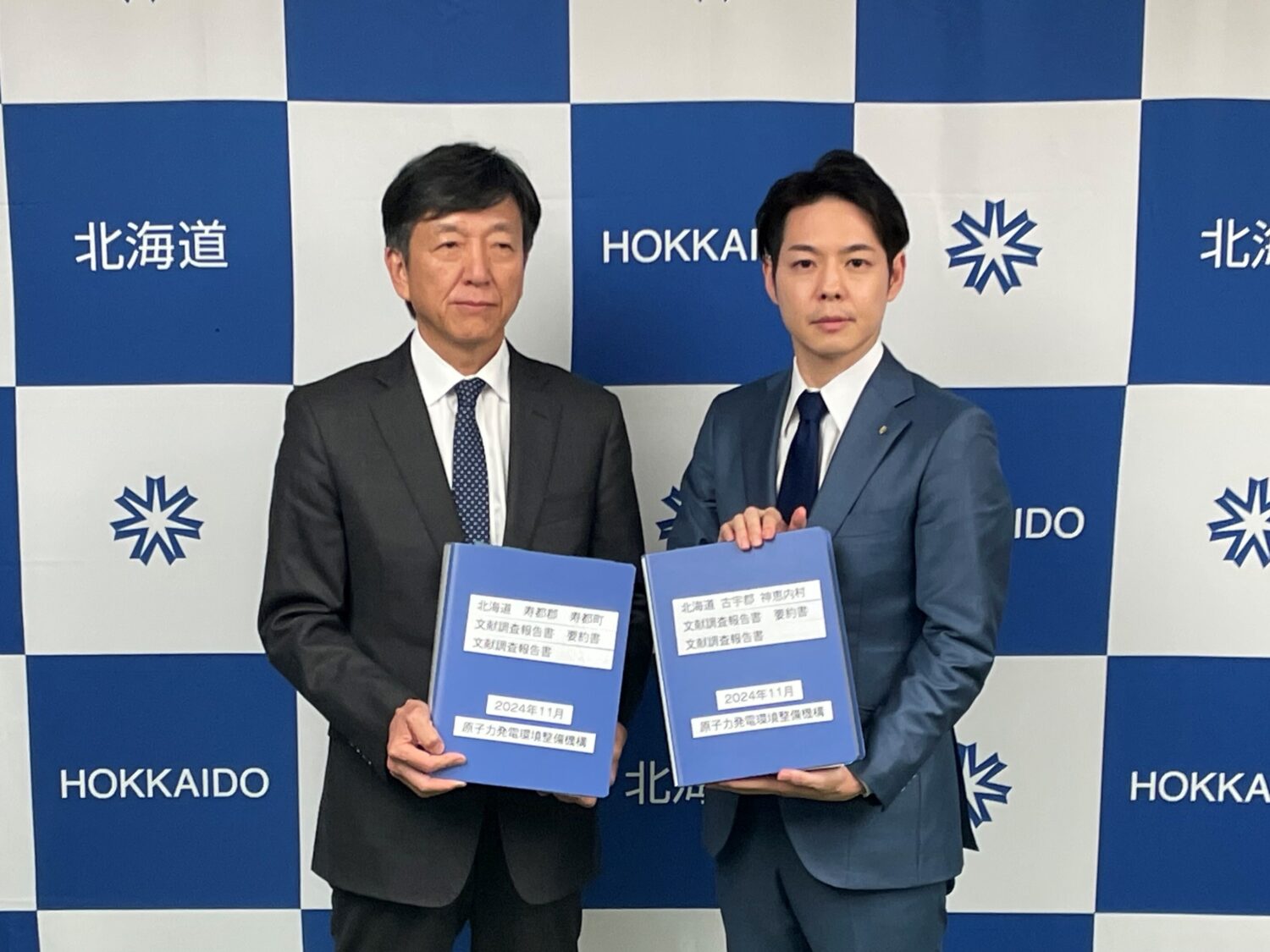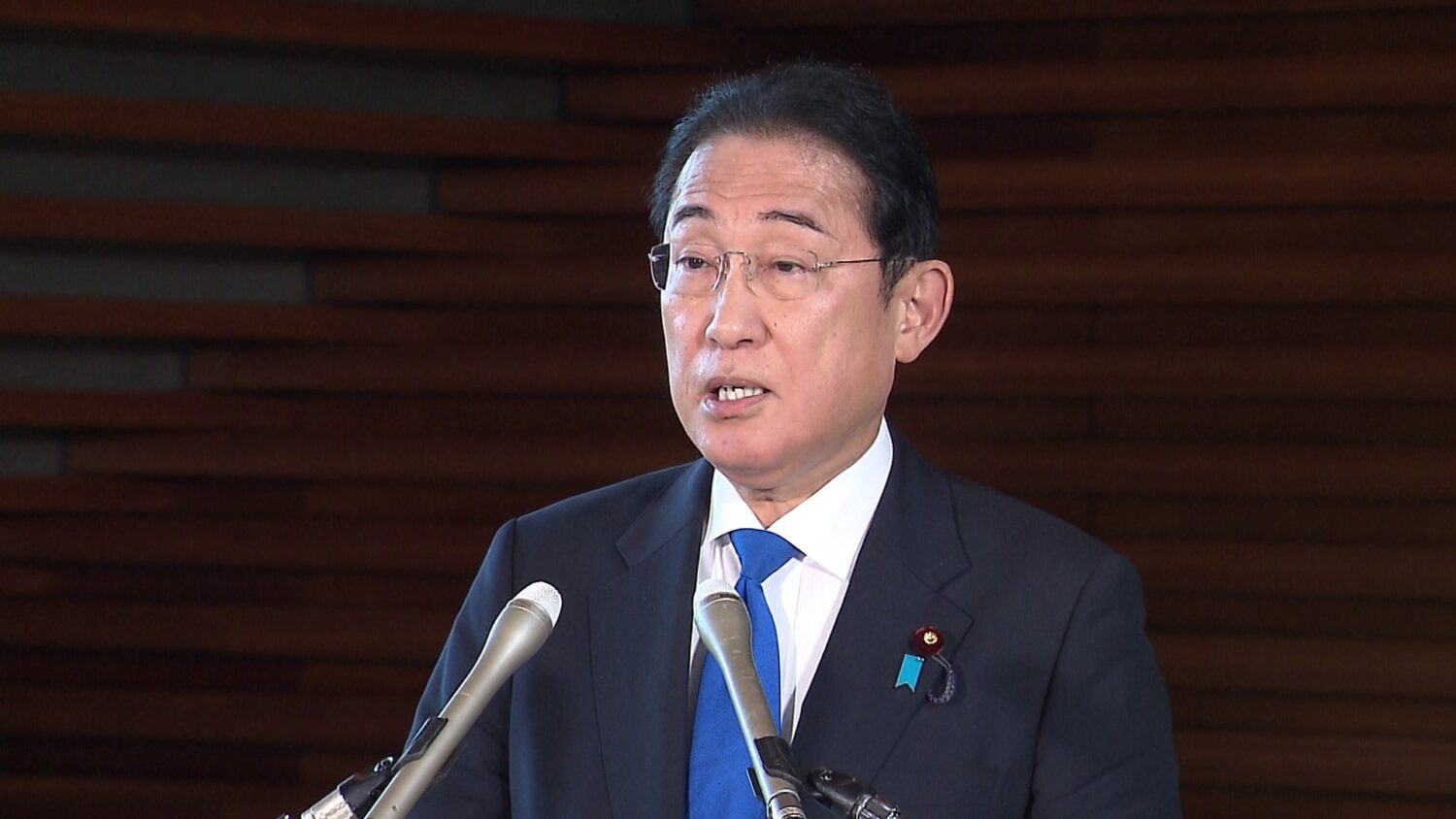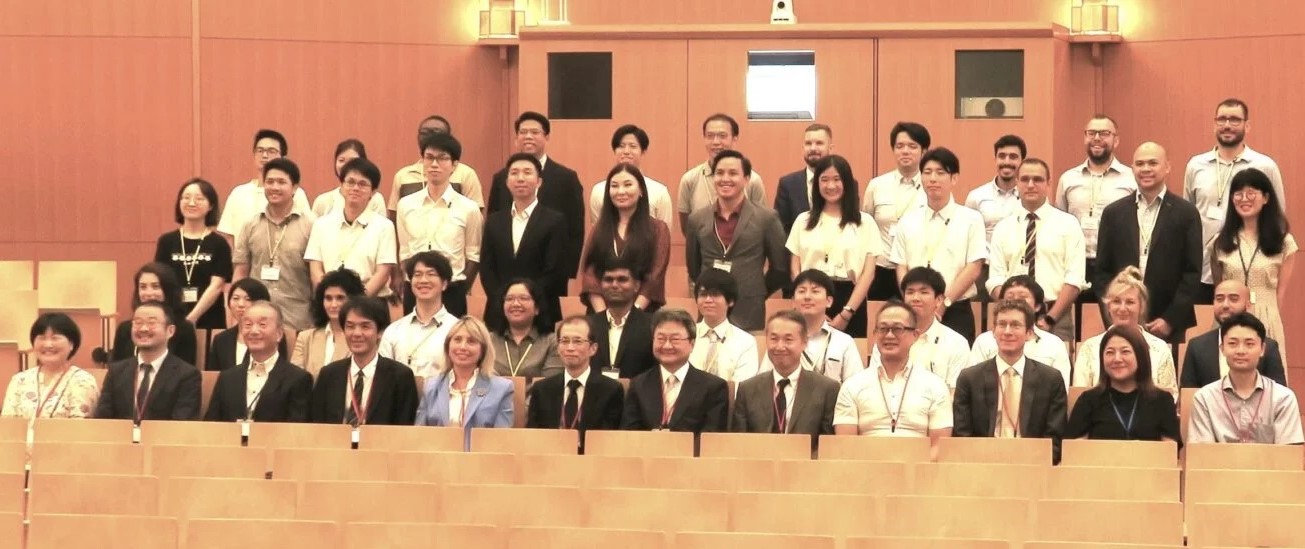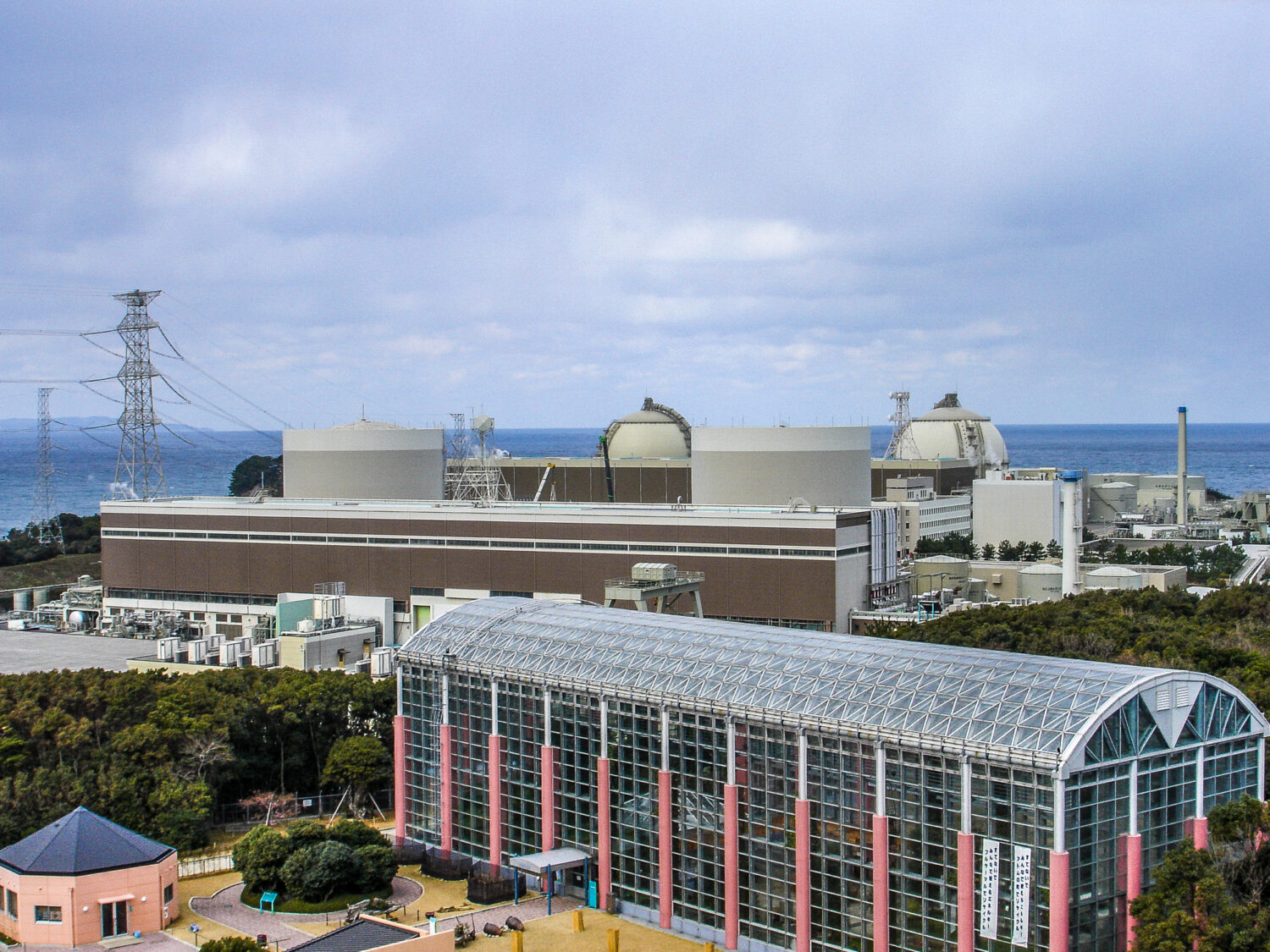The committee’s work aims to further the objective of “reestablishing stable supplies of energy in Japan” as instructed in August by Prime Minister KISHIDA Fumio and as reported by Minister NISHIMURA Yasutoshi of the Ministry of Economy, Trade and Industry (METI), the governmental official in charge of Green Transformation (GX) implementation, at the Japanese government’s GX Implementation Council.
At the start of the committee meeting, METI Minister Nishimura pointed to recent geopolitical changes affecting energy, saying that Russia’s invasion of Ukraine had completely altered the global energy situation. “Scrambles for energy are expected to intensify in the future,” he said, and recognized with a sense of profound urgency that it was a “key duty “of his ministry to “reestablish stable energy supplies.”
Referring then to the current response to an expected severe power supply-and-demand outlook this winter, along with medium- and long-term responses that include the extensions of reactor operating lifetimes and the development and construction of next-generation advanced reactors, the minister clearly reiterated that deliberations would be accelerated and that specific conclusions would be reached by the end of the year. He then asked the members of the committee to speak frankly.
Through the summer of 2021, the Strategic Policy Committee had been drawing up a draft of the Sixth Strategic Energy Plan, approved by the Cabinet in October of the same year. At this kickoff of new deliberations, a representative of the Agency for Natural Resources and Energy (ANRE) explained recent circumstances surrounding energy. He referred to the opinions of stakeholders in siting areas, who are calling for a review of the plan as soon as possible. He also illustrated the progress toward a desired energy mix in FY30 based on the fundamental principle of Japan’s energy policy known as “S+3E” (safety plus the conventional three E’s of energy security, economy and environmental protection).
The Institute of Energy Economics, Japan (IEEJ), and Deloitte Tohmatsu Consulting LLC., have each released model calculations toward decarbonization by 2050 and the economic effects of changing power costs. The IEEJ’s calculations covered four scenarios for future installed gross capacity:
- That only the current ten nuclear power plants (NPPs) will be operated.
- That all 17 NPPs that have cleared compatibility examinations by the Nuclear Regulation Agency (NRA) will be in service by 2030.
- That 36 NPPs, including those under construction, will be in operation by 2030.
- Additionally, with an eye on 2050, that all of the older among those 36 NPPs will see their operating lifetimes extended to 80 years.
Toward achieving carbon neutrality by 2050, the IEEJ noted that, in addition to extending NPP operating lifetimes, reducing unit power costs for variable renewable energies (solar power, and land and offshore wind power) will greatly affect the economy of the entire energy system.
Meanwhile, representatives of Deloitte Tohmatsu Consulting introduced a simulation for analyzing the sensitivity to power generation costs of fossil fuels, nuclear power and solar power and consequent effects by the year 2030, using the long-term energy analysis program “D-TIMES.” In order to achieve the concurrent realization of decarbonization and the reactivation of the economy, they presented various recommendations, including that power sources be diversified to reduce power prices.
After the presentations, SUMI Shuzo, senior executive adviser of the Tokyo Marine & Nichido Fire Insurance Co., Ltd., and a proponent of the need to develop nuclear technology, severely criticized the recent postponement of the completion of the Rokkasho Reprocessing Plant, citing the need to establish the fuel cycle business as soon as possible.


